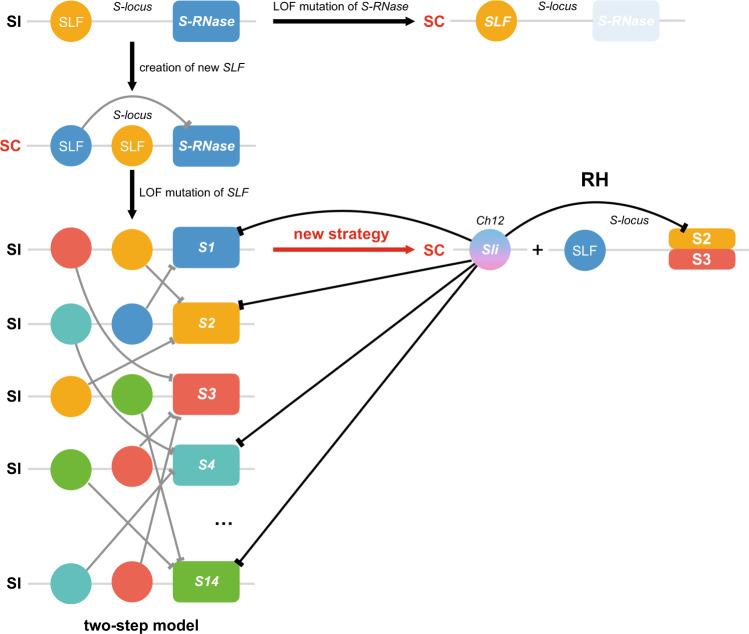Fig. 4. A model depicting the evolution of Sli in diploid potatoes.
In Solanaceae, a two-step model was proposed to explain the evolution of new SLFs to confer SC to self-incompatible plants, by first interacting with the self S-RNase. Then, the reverse from SC to SI is induced by the loss of ability for these new SLFs to interact with the self S-RNase. The appearance of Sli at the non-S-locus region represents a new strategy, in addition to the loss-of-function (LOF) mutations of S-RNases, to confer SC to self-incompatible lines. The S-haplotypes in RH are StS-RNases2 and 3. Negative regulations of the multiple StS-RNases by the nonself SLFs or Sli are indicated by the barred lines, which constitute the molecular basis to impart SC to RH and other self-incompatible potatoes. SI self-incompatibility, SC self-compatibility, S1–S14 14 types of S-RNases identified from self-incompatible diploid potatoes, Ch chromosome.

